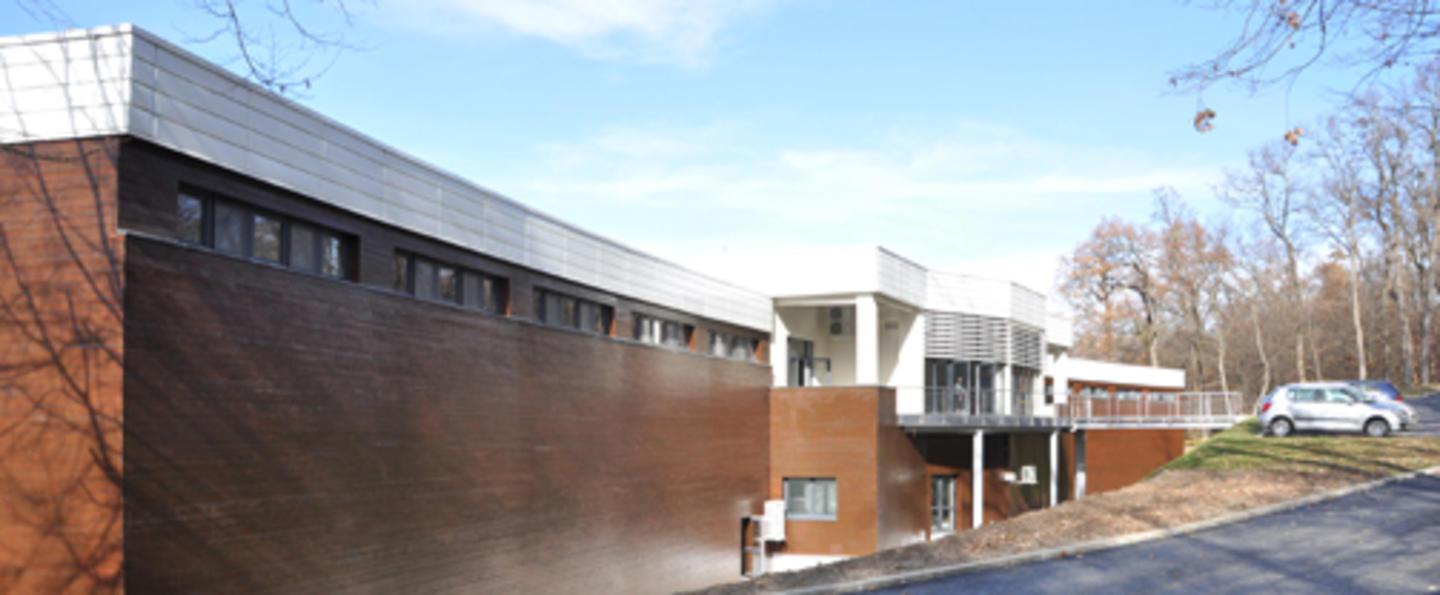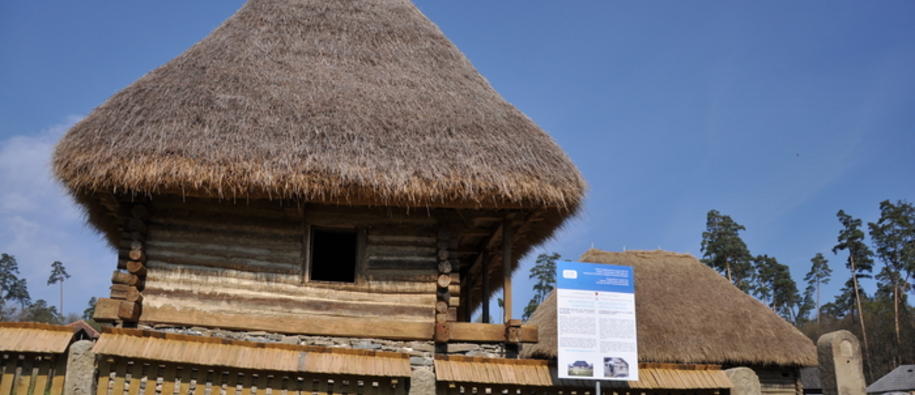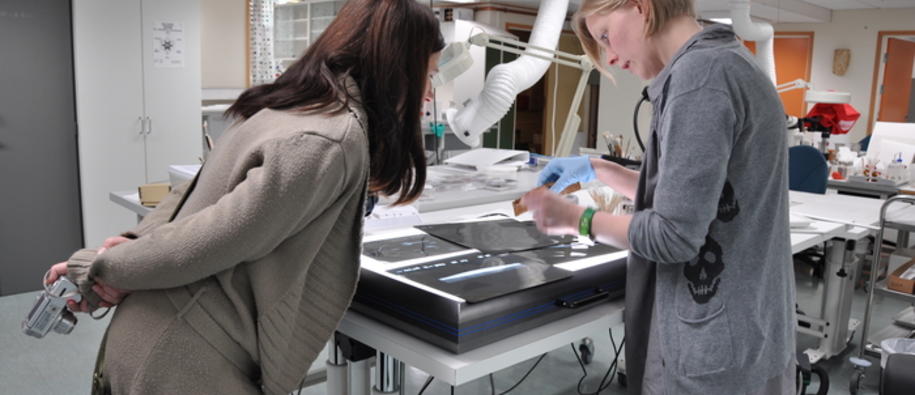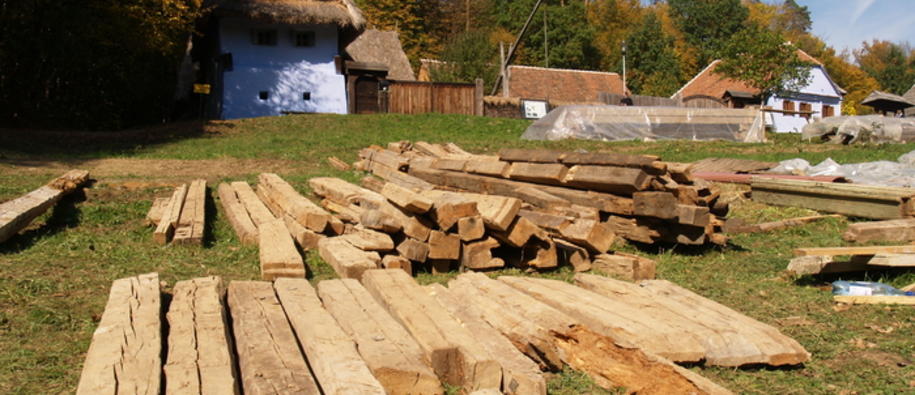At the edge of the town of Sibiu in the Romanian region of Transylvania, the ASTRA Open Air Museum exhibits dwelling houses, farmstead buildings and cultural heritage monuments and artefacts across almost 100 hectares of forest. Abandoned windmills, watermills, wooden ferries, made redundant by Ceauşescu's policies of industrialisation, were collected from villages across the country and transported to ASTRA to be restored and preserved. Today, its cultural heritage collection comprises 146 buildings and 22,500 artefacts.
But the benefits of a partnership go both ways. In October last year, a joint workshop was held in Sibiu to allow museum staff from both countries to share experiences and ideas on the promotion and conservation of cultural heritage. “We really wanted to invite the Norwegian museums to Romania so that they could get a more concrete idea about what they could learn from us,” says Avram. Representatives of six Norwegian cultural institutions attended.
As well as facilitating exchange between craftworkers, the large number of museums engaged in the project also played a part in the success of the project, says Nöelle Poppe of the Norwegian Directorate of Cultural Heritage. “We learnt a huge amount about building networks and how best to use these in our work. It’s inspiring to see how much the Romanian museum staff have been able to achieve with enthusiasm and drive.”
Cultural heritage as a source of local pride
The EEA Grants has also financed the restoration of wooden architectural heritage at the museum. Eight wooden historical houses, previously stored in heaps of logs outside under plastic sheets, have been restored and assembled in the open air museum.



